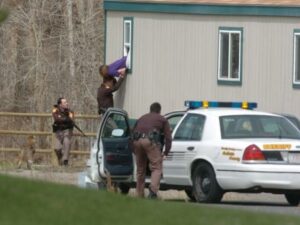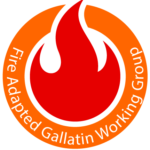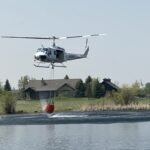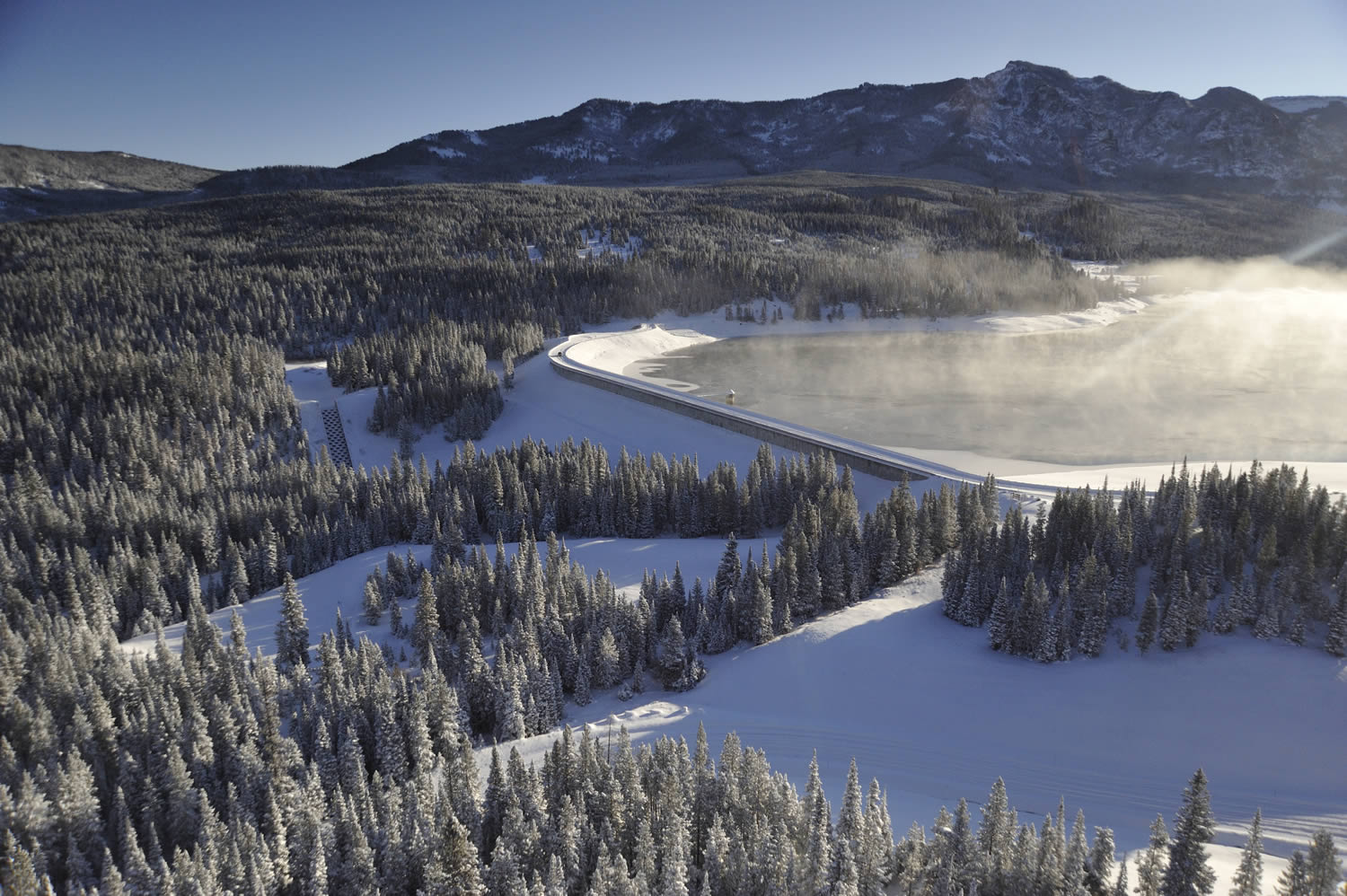
National Dam Safety Awareness Day
The Montana Department of Natural Resources and Conservation (DNRC) observed the 30th anniversary of the Montana Dam Safety Act on May 31, 2015, which was also designated as National Dam Safety Awareness Day.
Laurence Siroky, chief of DNRC’s Water Operations Bureau and one of the original architects of the 1985 Dam Safety Act, noted the law was aimed at protecting Montanans from dam failure and encouraging responsible use and maintenance of dams.
“Under this law, dam owners are responsible for scheduling an engineering inspection of their dam at least once every five years,” Siroky said. “They’re also required to perform proper maintenance and have an Emergency Action Plan (EAP) that outlines notification procedures to local law enforcement and emergency management agencies, including evacuation maps for all areas that could be impacted.”
The act also requires dam owners to outline strategies for repairing a dam in danger of failing, Siroky said.
This year’s Montana Legislature implemented new dam safety laws focusing on impoundment structures for mine tailings ponds. Siroky said the law was proposed by the Montana Mining Association after a tailings pond breach in August of 2014 at the Mount Polley Mine in British Columbia. The breach released millions of cubic yards of mine waste into a local creek and lake.
“Dams provide critical water storage with a broad range of benefits for our state – irrigation, hydroelectric power, flood control, recreation and municipal water supplies, among others” said DNRC Director John Tubbs. “DNRC owns and manages 20 water-storage projects statewide and we place a premium on dam safety and maintenance.”
Along with managing its own water projects, DNRC also operates the state’s Dam Safety Program, which regulates the construction, operation and maintenance of Montana’s dams to protect life and property. The program provides training and outreach to dam owners and engineers, and assists with emergency preparedness activities.
Of the thousands (estimated 3316) of dams in Montana, an estimated 183 are structures that could pose a threat to downstream residents. Siroky said there are two or three incidents each year involving dam malfunctions; most of these involve small dams and are caused by deterioration of the outlet works.
- High Hazard Dams with EAPs
- Estimated Dams in Montana
It’s a shared responsibility between state and federal agencies, dam owners, emergency responders and citizens to know their roles in the event of an emergency. For the estimated 160,000 Montanans and businesses living downstream of a dam there are actions they can take for their own safety, including:
- Knowing the benefits and risks associated with dams
- Knowing evacuation routes and areas that may be inundated by water and debris
- Maintaining flood insurance
- Having an evacuation plan
Siroky also encouraged citizens to contact local law enforcement or emergency responders if they notice anything unusual or suspicious at a dam, such as significant water seepage.
National Dam Safety Awareness Day is held each year on May 31. The date corresponds to the failure in 1889 of the South Fork Dam in Johnstown, Pennsylvania. More than 2,200 people lost their lives in what is regarded as the most catastrophic dam failure in US History.
To learn more about dam safety in Montana, visit the DNRC Web at http://dnrc.mt.gov/divisions/water/operations/dam-safety
Data from US Army Corp of Engineers National Dam Inventory.

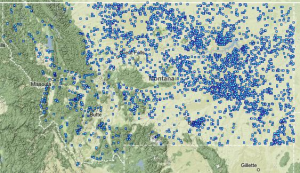
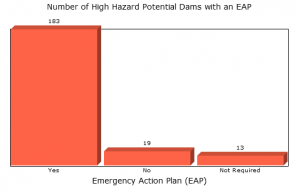
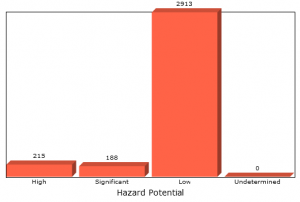
 Previous Post
Previous Post Next Post
Next Post